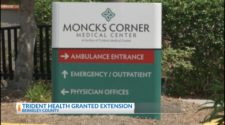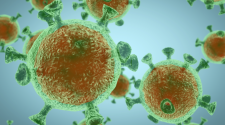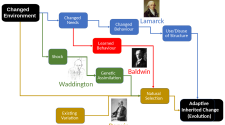Researchers in Spain have reported that they have been able to reprogram adult stem cells in mice without ever removing them and manipulating them in the proverbial petri dish. The cells have been able to take on a wide variety of others, meaning the level of undifferentiation is getting closer to embryonic-like status. In fact those that were created inside of the mice bodies produced spheres that were very similar to mice embryos.
This new breakthrough was reported recently in Scientific American which explained the importance by pointing out the important potential to accelerate efforts to develop regenerative therapies “by avoiding the need to grow cells outside the body then grafting them back in place”.
George Daley, a stem cell researcher at Boston Children’s Hospital who was not involved with the study further stated, in the article that the work was at the leading edge of an advancing wave of in vivo reprogramming. He said that the industry had been facing major challenges recreating the physiological milieu in petri dishes and getting them to successfully and functionally integrate into the body.
In the past, research scientists have been able to manipulate certain cells into other similar types. They have also been able to change pancreatic cells for digesting food into those that produce insulin, as well as structural heart cells, into ones that beat. However these researchers were able to produce the totipotent type which can form into any kind of cell – and herein also lies the problem.
The hierarchy of undifferentiated cells goes from totipotent to pluripotent to multipotent. A totipotent type can become anything including the whole organism itself – in this case a mouse. A pluripotent one can become anything except the mouse itself; and the multipotent type has already been differentiated to the point that it has been designated as a liver or hair or an eye cell for instance. The real problem with the totipotent type is twofold:
- These can also become teratomas, or tumor cells, and in fact in these experiments, that is exactly what happened.
- Once science starts using totipotent cells, the inevitable fears about test tube babies start to arise.
There is another caveat to this experiment. The scientists doing the research used genetically modified mice, and genes that are known to convert mature cells when activated by antibiotics. So you will see that this is far from being ready for prime time. However it is potentially a very important step in understanding the universal possibilities of stem cells.
















